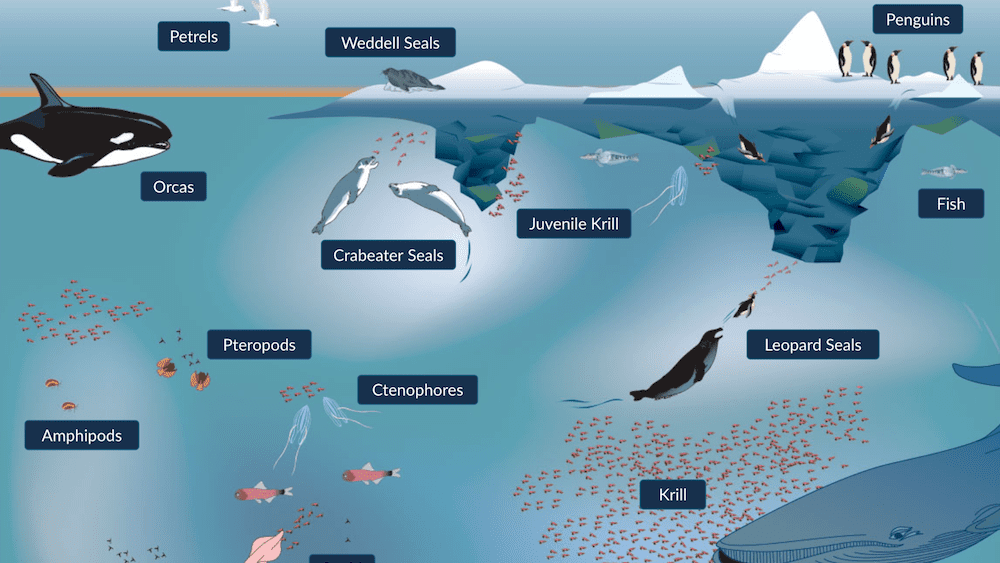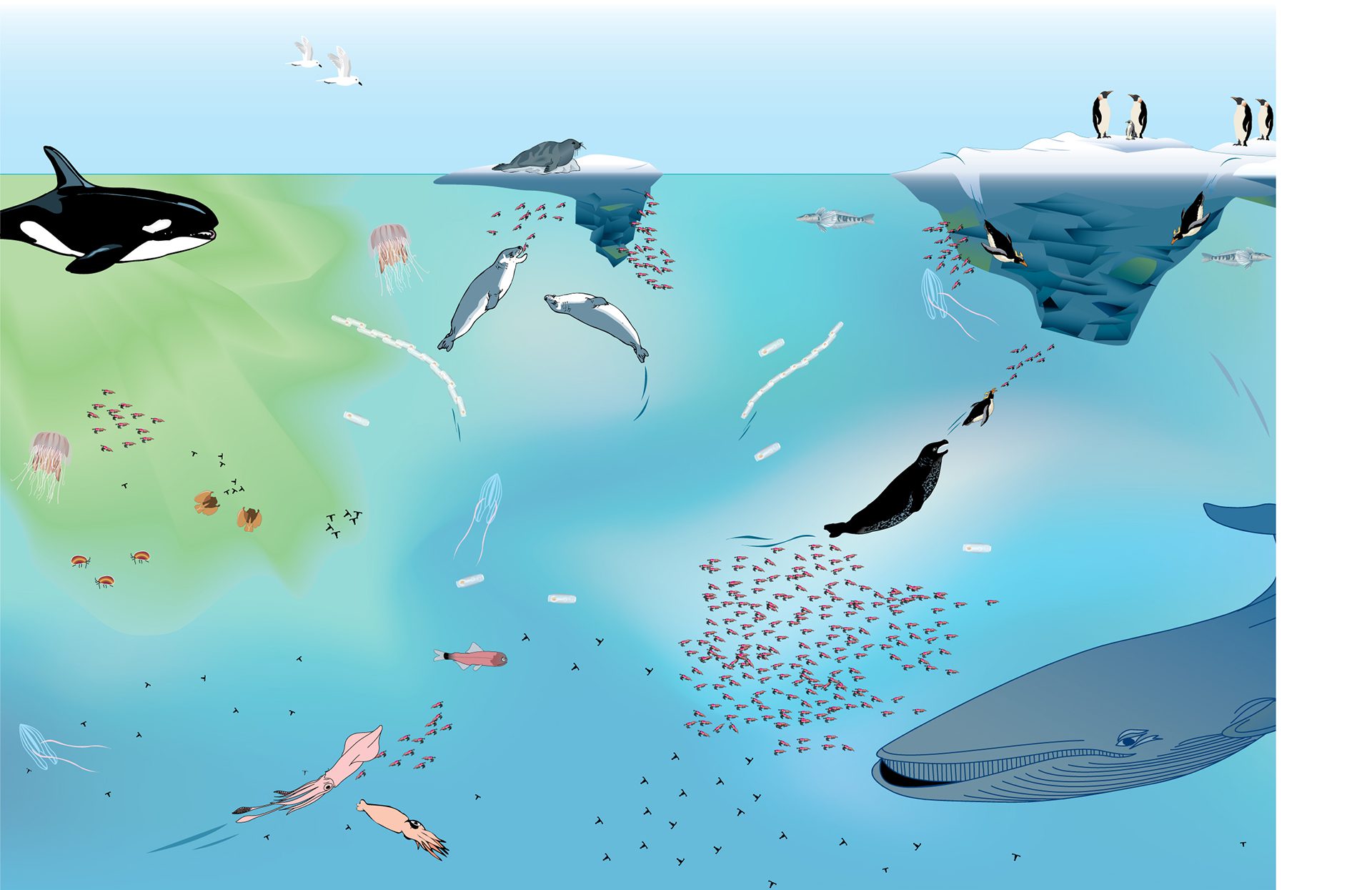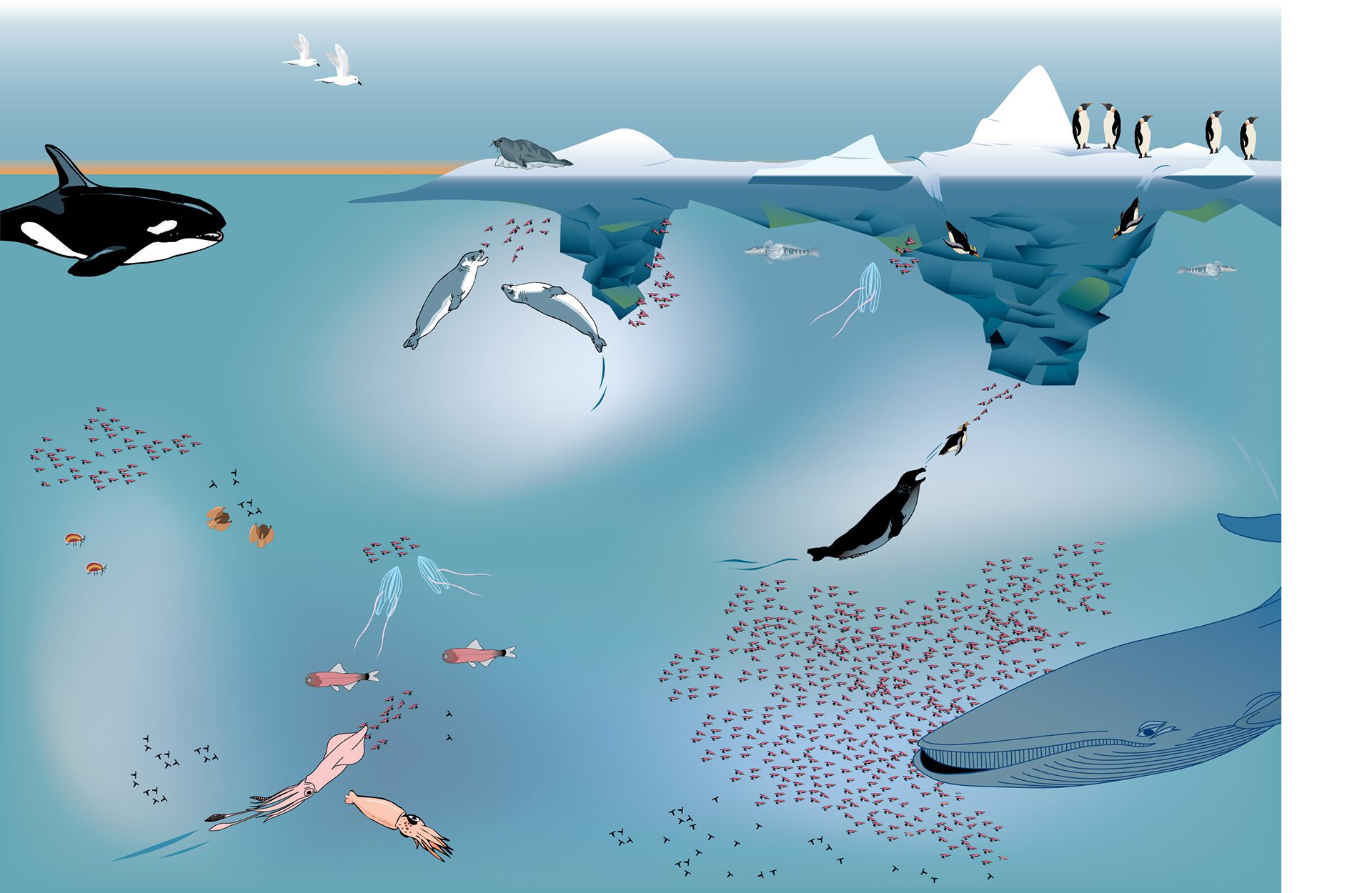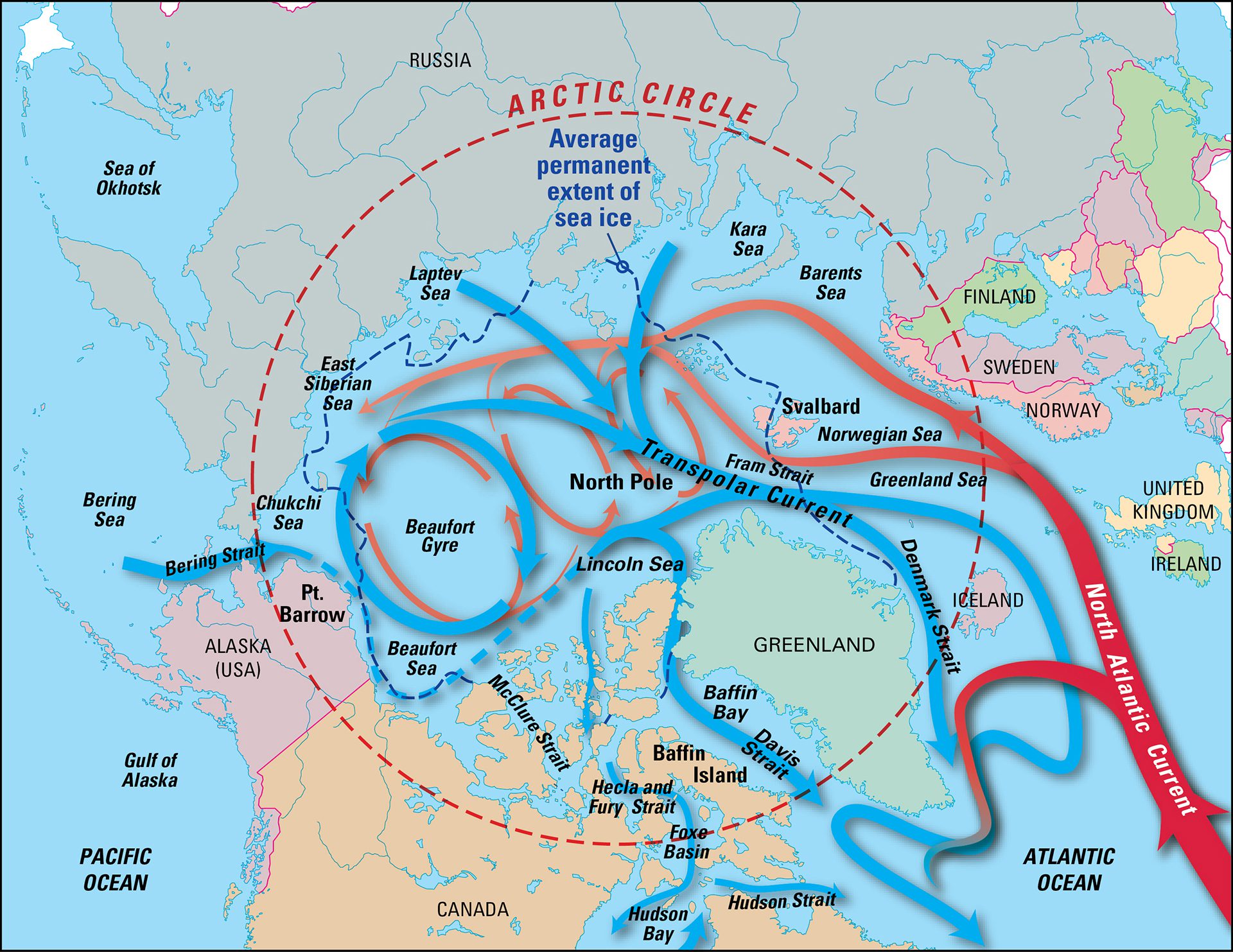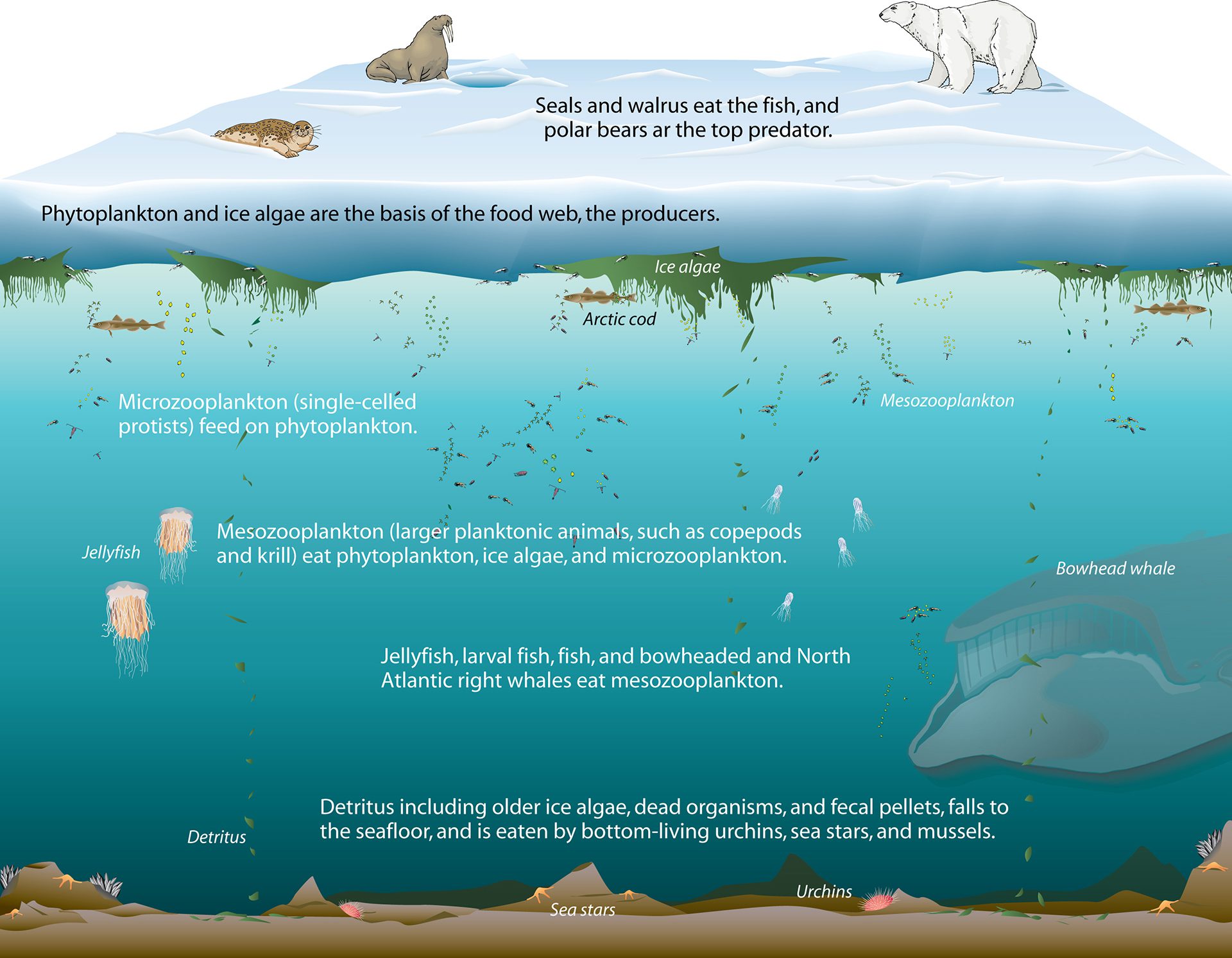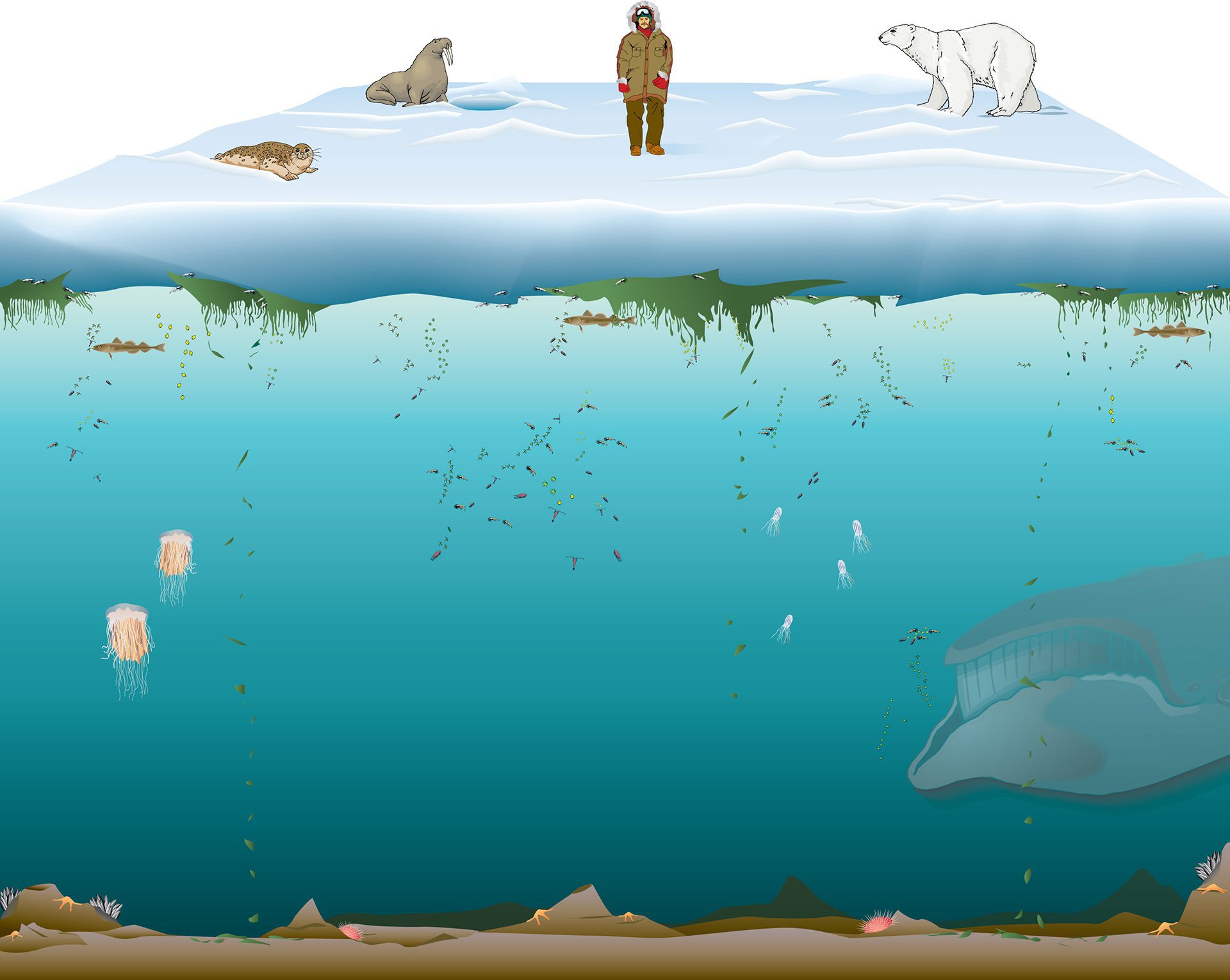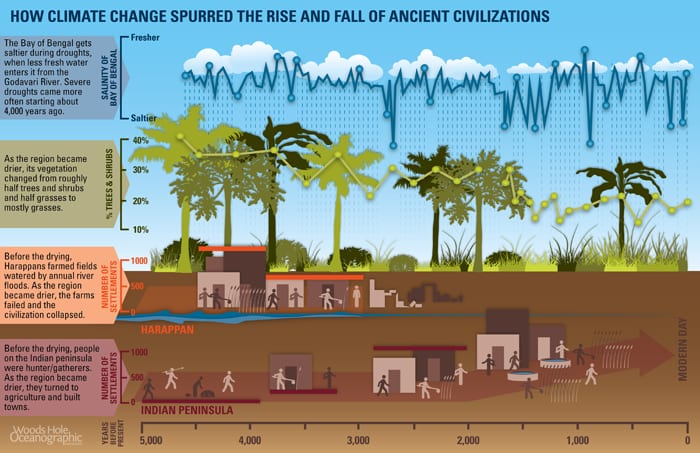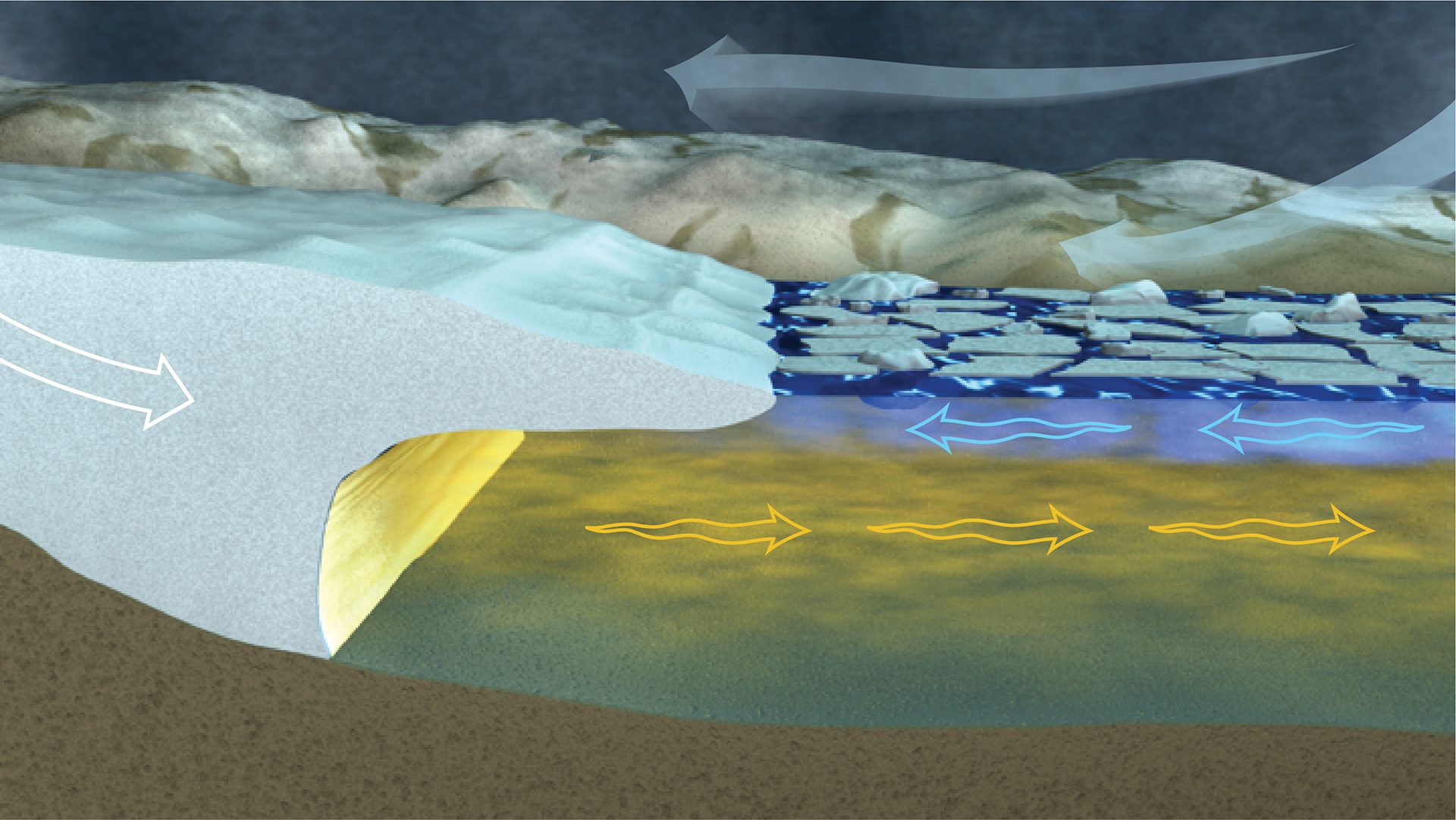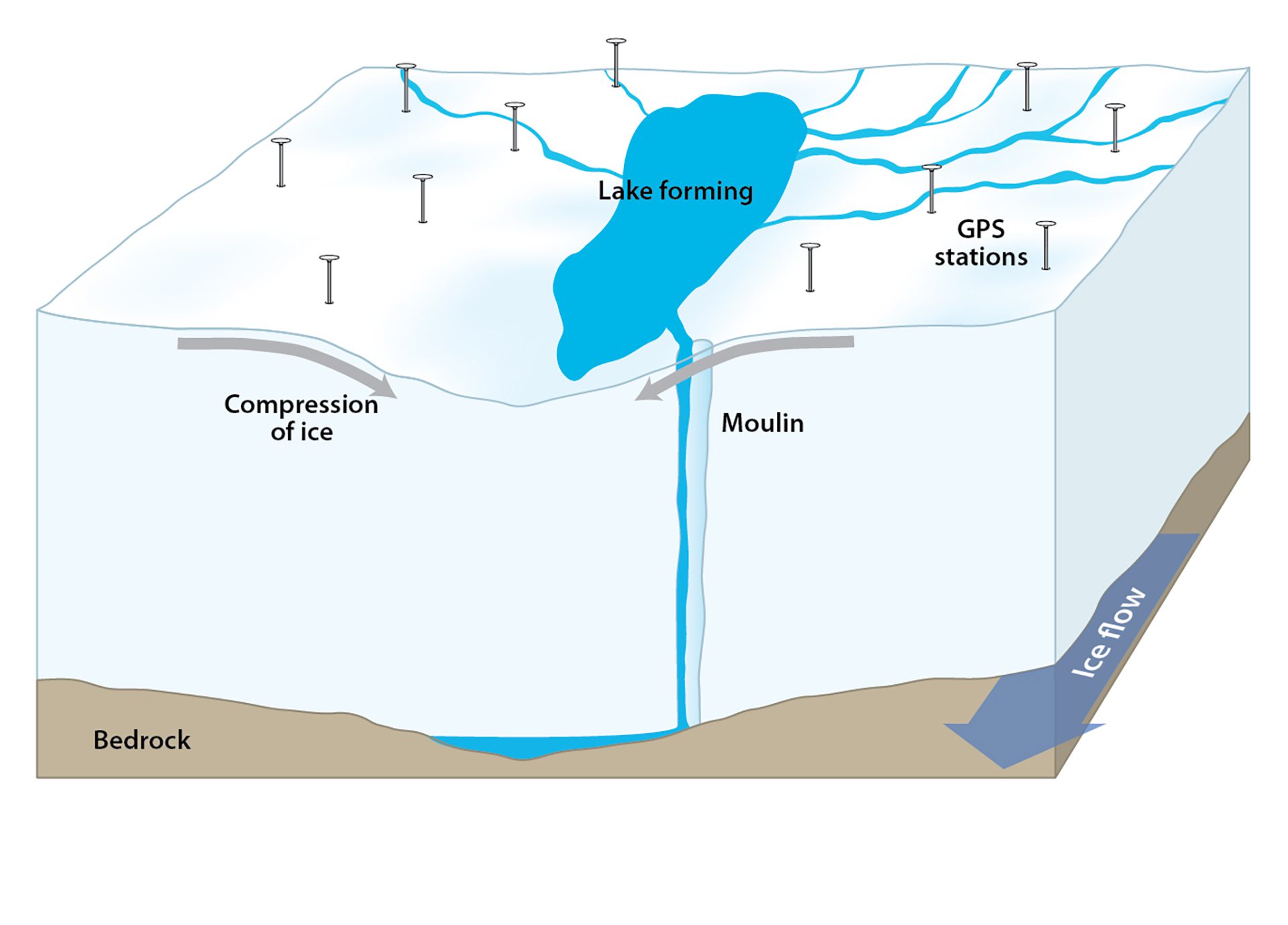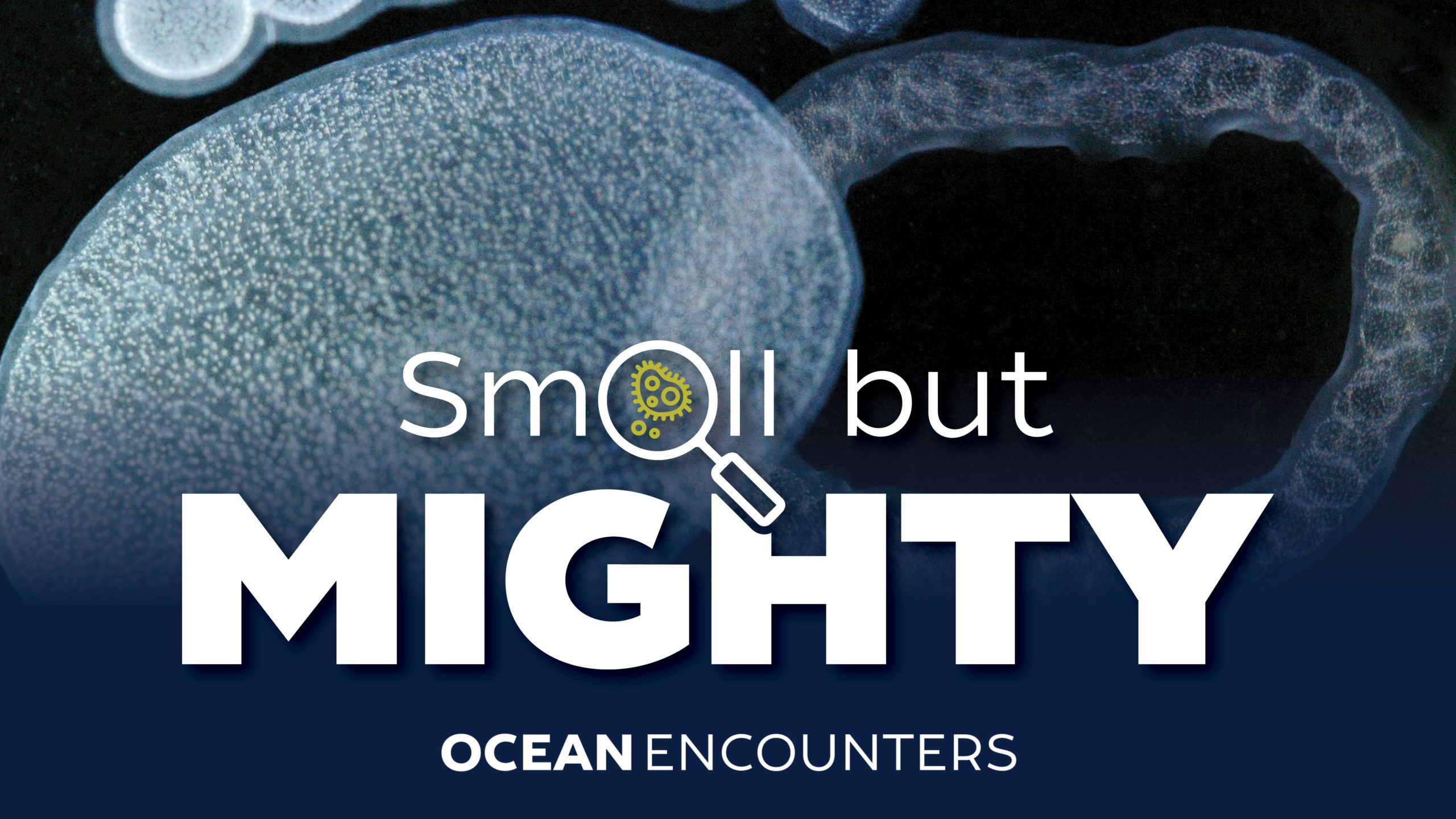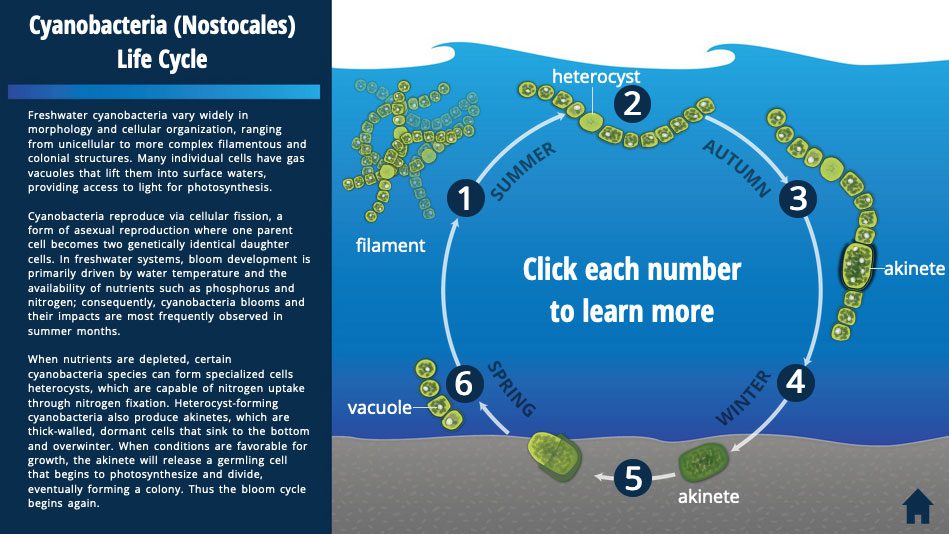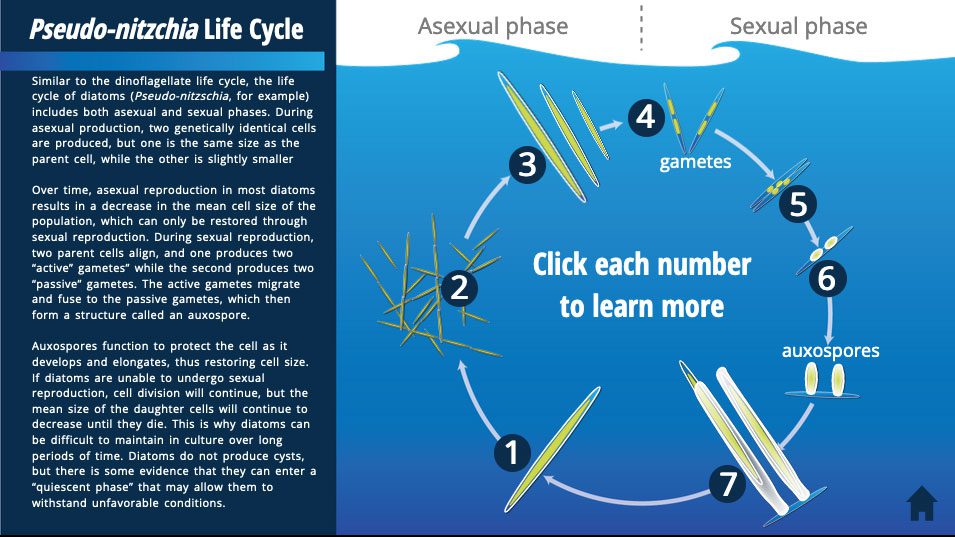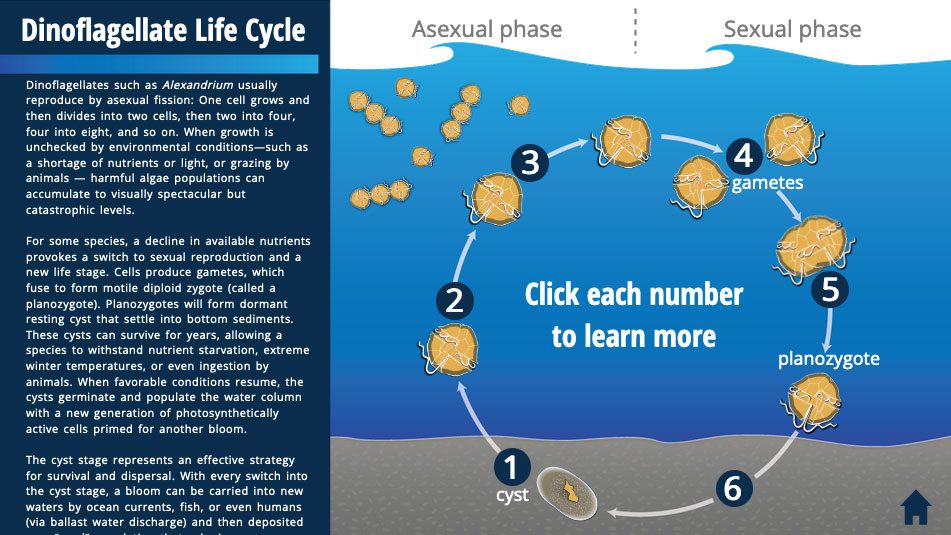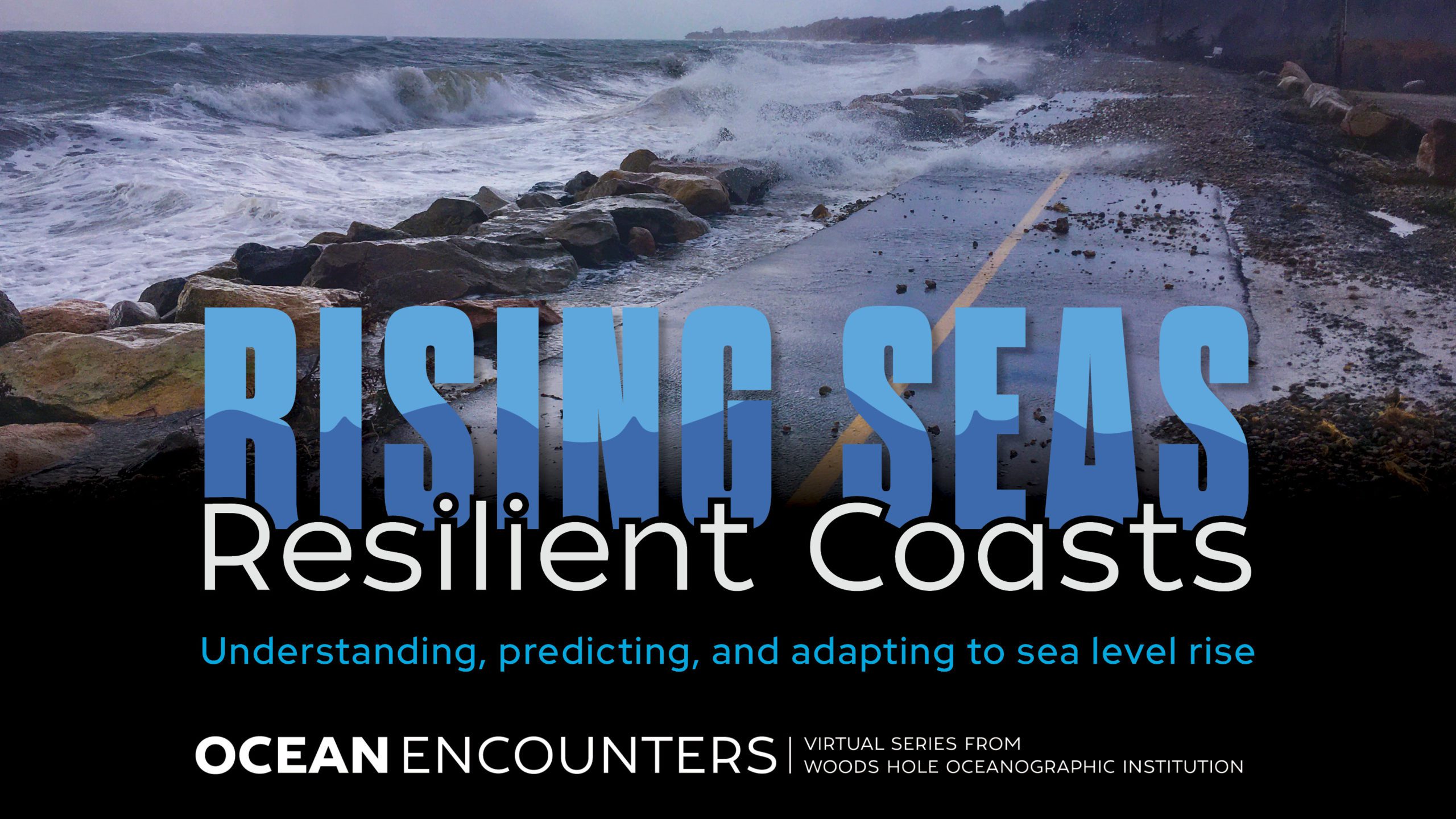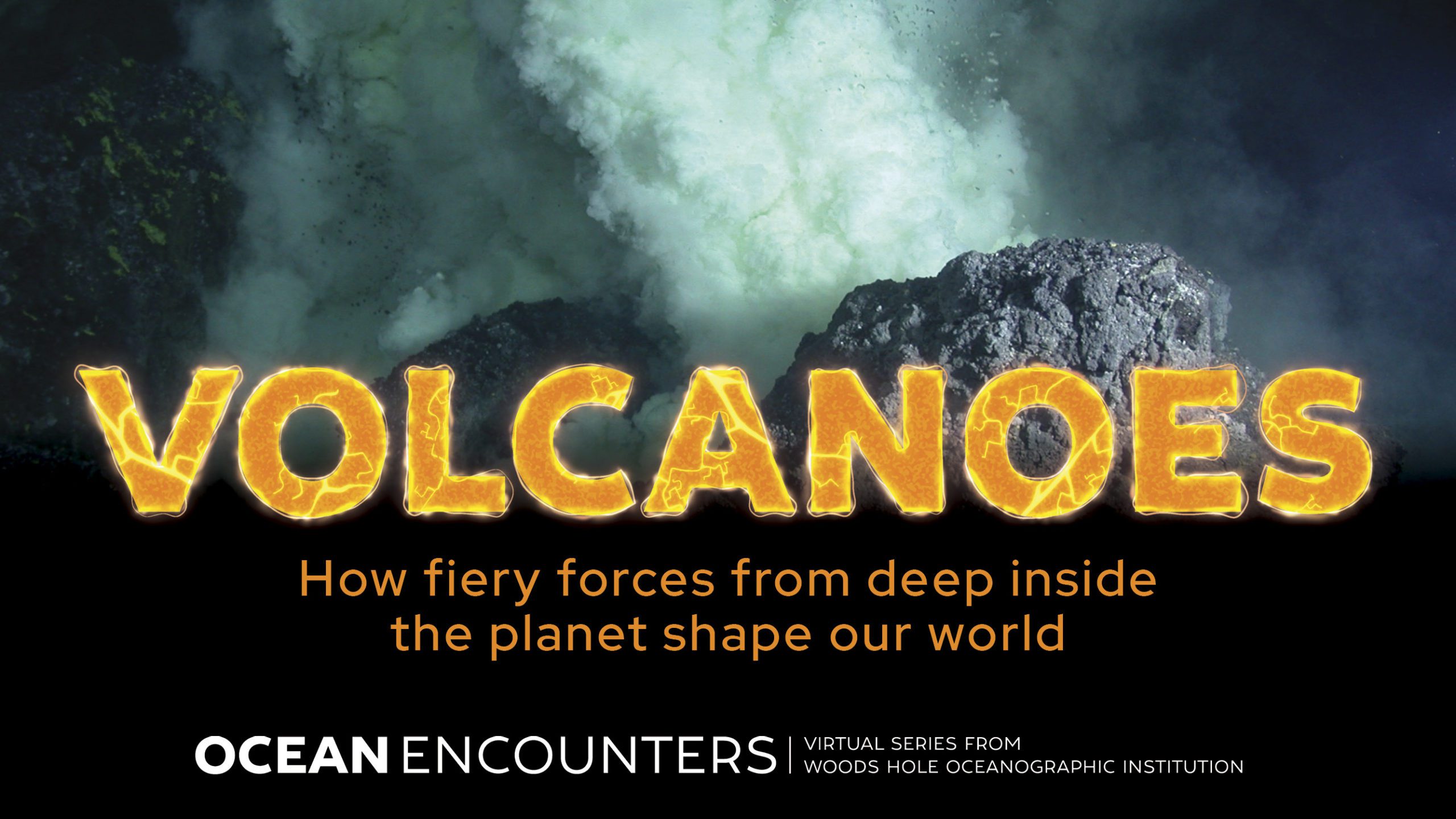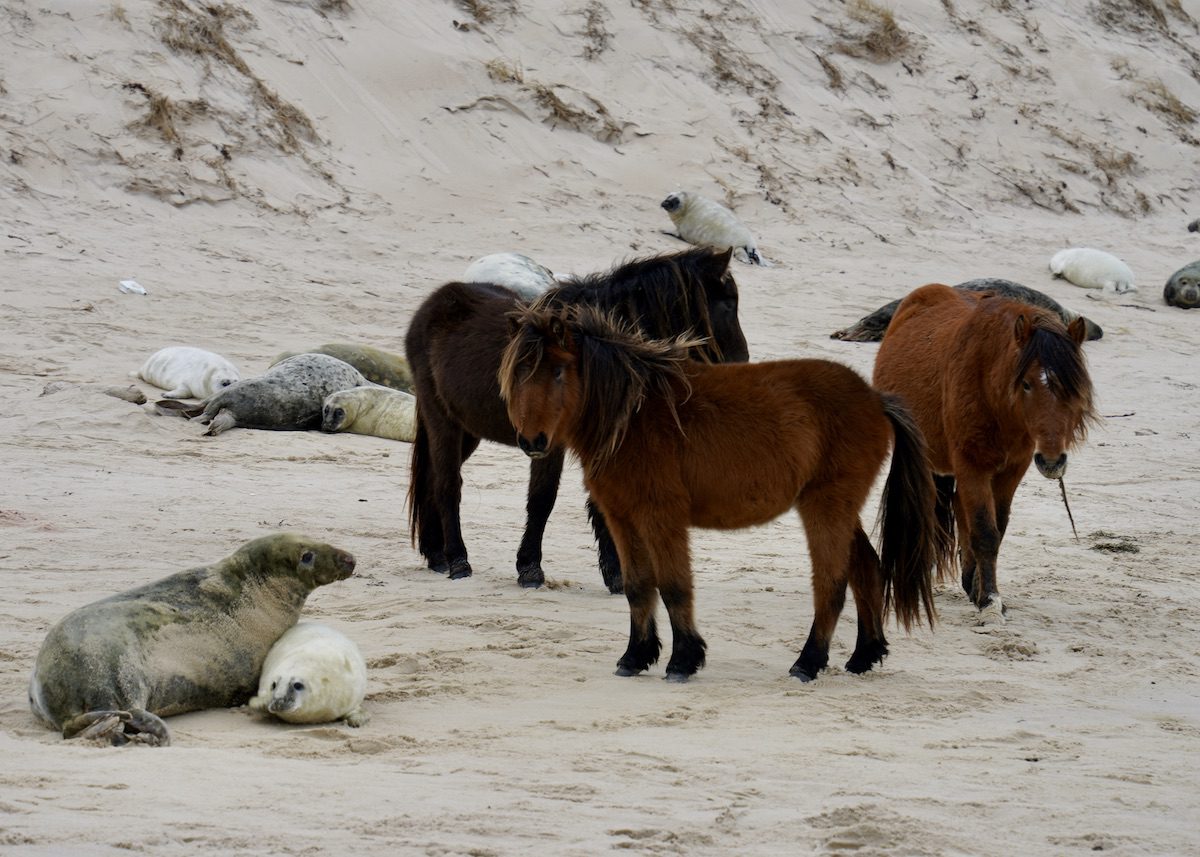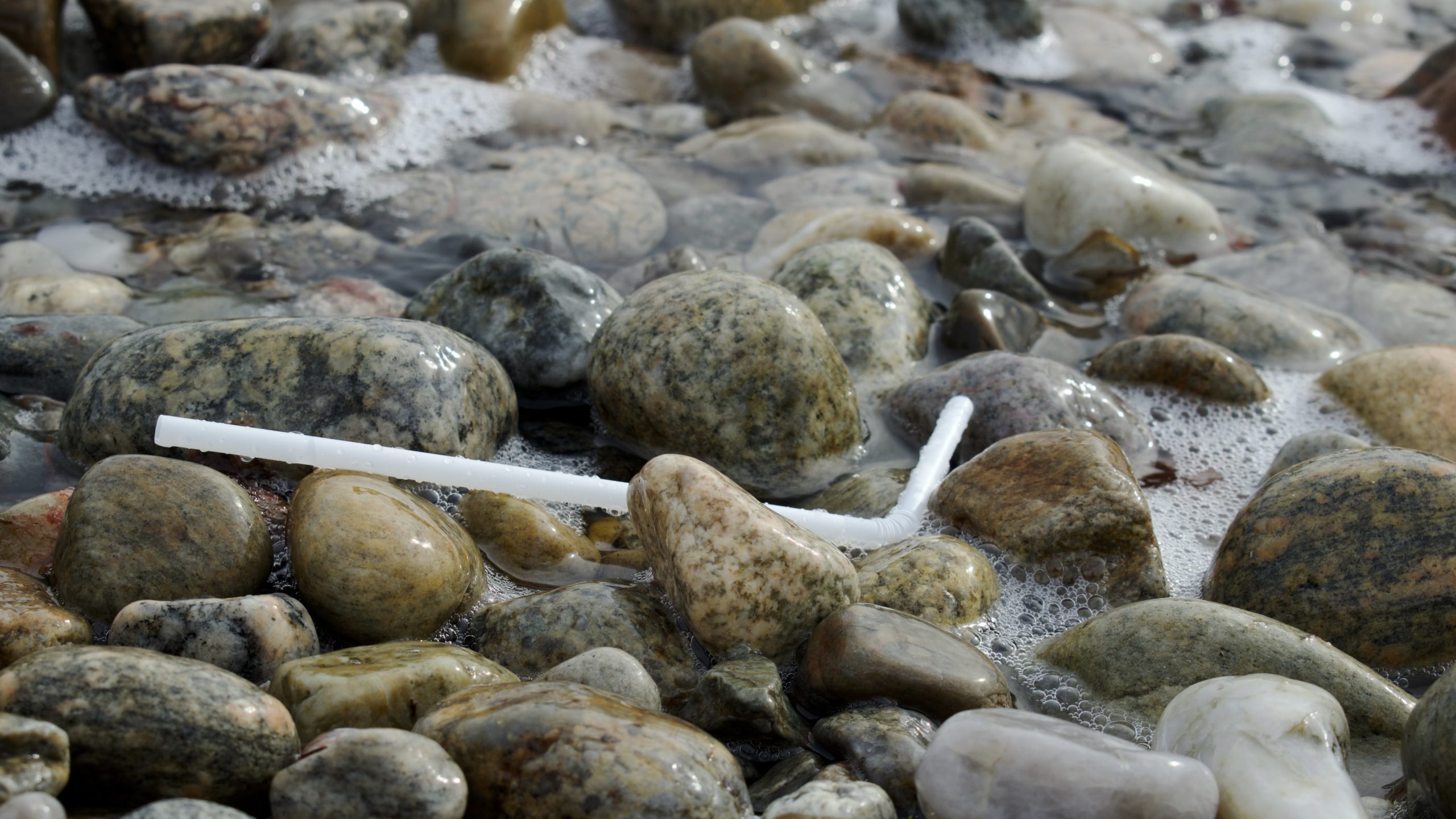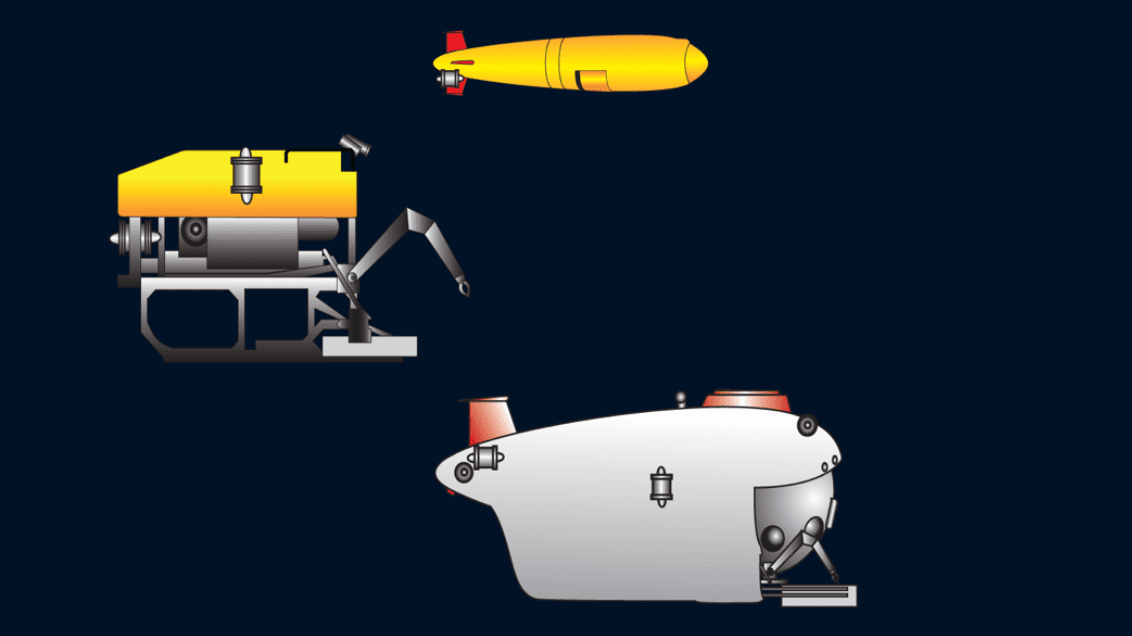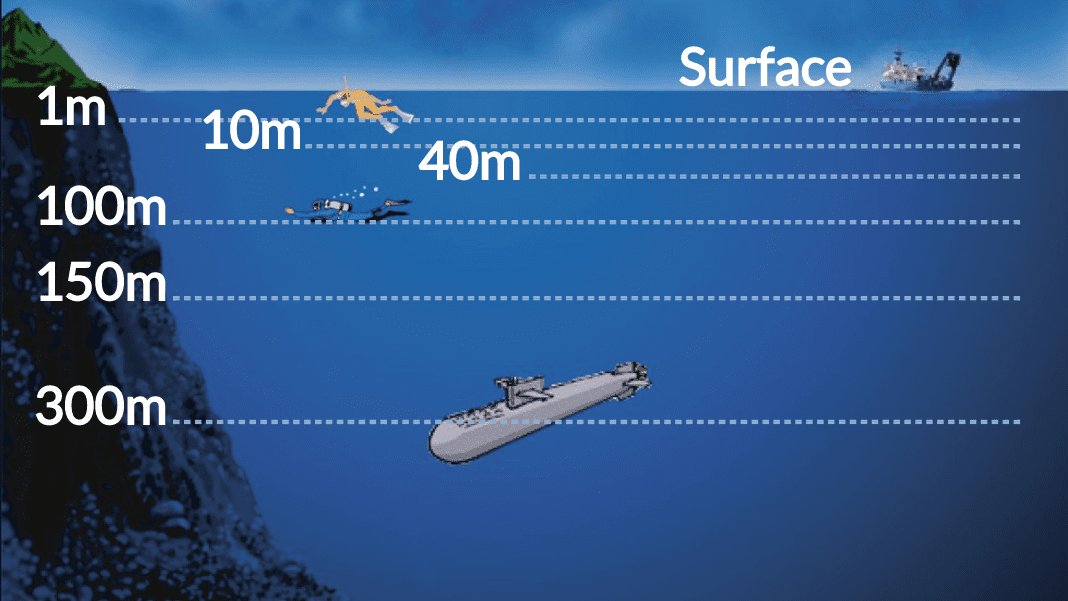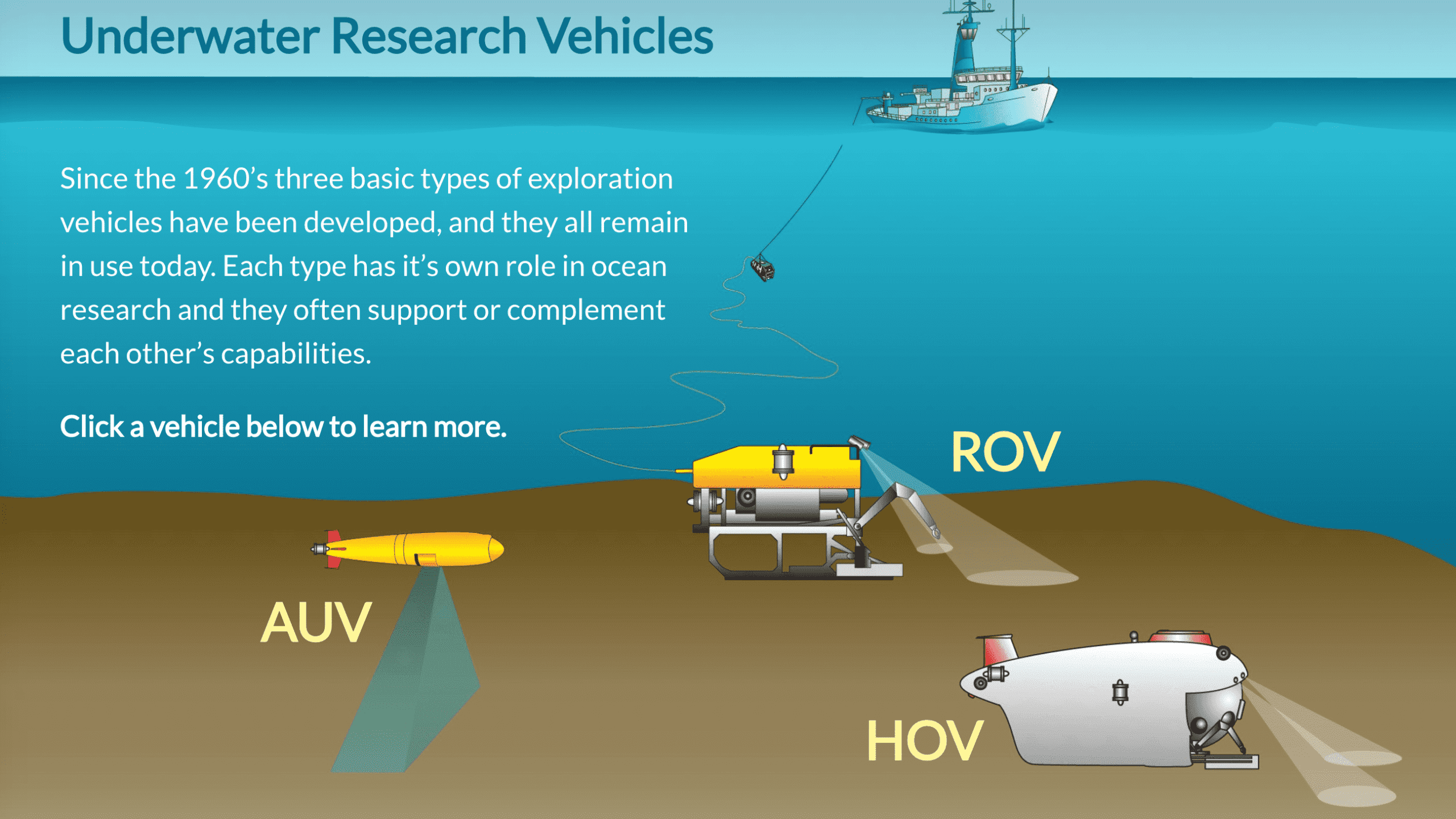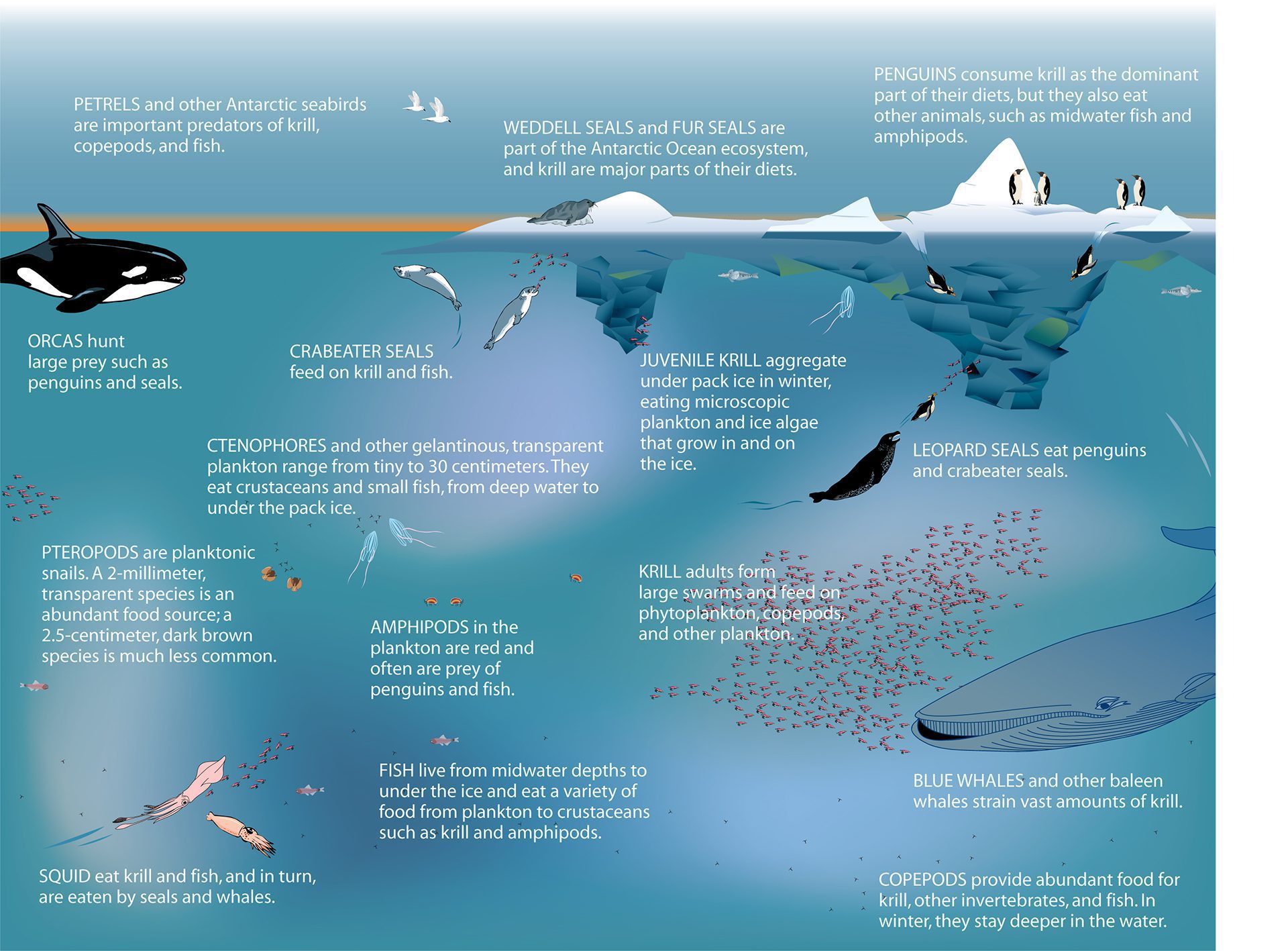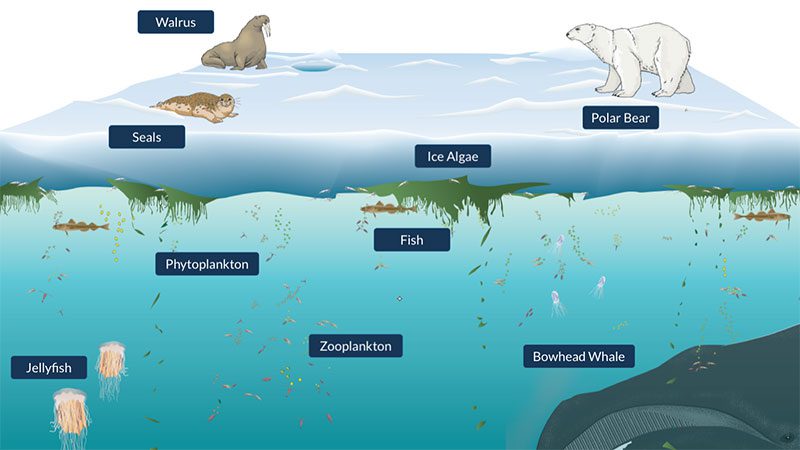Multimedia
Antarctic ecosystem
Antarctic animals make their living in the ocean, because the land is too cold, dry, and dark for plants and animals. Explore this unusual ecosystem.
Read MoreAntarctic ecosystem, summer environment
Antarctic animals all make their living in the ocean, because the land is too cold, dry, and dark for plants and animals.
Read MoreAntarctic ecosystem, winter environment
Antarctica’s coastal seas are especially important because they shelter an abundant ecosystem, supporting large predators such as penguins, seals and whales.
Read MoreArctic Ocean currents
Detailed map illustrating Arctic currents and the surrounding sovereign regions in flat projection.
Read MoreArctic ecosystem
This abundant ecosystem supports large predators like walruses, polar bears, and whales.
Read MoreArctic ecosystem, including humans
Arctic animals, including humans, survive on the ocean’s plentiful resources.
Read More"How Climate Change Spurred the Rise and Fall of Ancient Civilizations"
Climate change particularly changes in the monsoon—prompted dramatic changes in how the peoples of ancient India lived.
Read MoreEffects of winds on glaciers flowing from the Greenland ice sheet into fjords
See more Illustrations by Jack Cook, © Woods Hole Oceanographic Institution
Read MoreGlacial Lake Drainage
Related information from Oceanus magazine Scientists Find Trigger That Cracks Lakes Fast-draining lakes atop Greenland ice sheet could accelerate sea level rise
Read MoreOcean Encounters: Small but Mighty
Microscopic marine life plays a huge role in our ocean—fueling food webs, shaping climate, and offering clues to life’s origins.
Read MoreCyanobacteria Life Cycle
Freshwater cyanobacteria vary widely in morphology and cellular organization, ranging from unicellular to more complex filamentous and colonial structures.
Read MorePseudo nitzchia Life Cycle
Click through the life cycle of Pseudo-nitzschia, a chain-forming diatom that must reproduce sexually to reset its size—and can make a dangerous toxin.
Read MoreDinoflagellate Life Cycle
Explore how dinoflagellates such as Alexandrium reproduce by asexual fission: One cell grows and then divides into two cells, then two into four, and so on.
Read MoreOcean Encounters: Rising Seas Resilient Coasts
Learn what drives sea level rise, its impacts, and how we can build resilient coasts and communities to protect lives and livelihoods.
Read MoreOcean Encounters: Volcanoes
Learn about volcanoes on the seafloor, the insights they’re revealing, and how they impact our ocean planet.
Read MoreIlluminating the Seafloor
Teamwork between a deep-sea robot and a human-occupied submarine led to the discovery of five new hydrothermal vents on the seafloor of the eastern Tropical Pacific Ocean.
Read MoreSeals and Wild Horses on Sable Island, Nova Scotia
While East Coast seal populations have dramatically increased in recent years, a staggering proportion of Sable Island seals don’t make it to their first birthday. WHOI biologist Michelle Shero is looking into the influence of iron in seal mothers’ milk on pup survival rates.
Read MoreWHOI Scientists Test Prototype Water-Level Sensor
Did you know 43% of Massachusetts’ population lives in a coastal community?
Read MoreDo all plastics degrade the same?
WHOI and Eastman created a wood-based straw that breaks down faster than paper—showing how science and industry can team up to fight ocean plastic.
Read MoreUnderwater Vehicles: How much pressure?
Click the numbers to see how pressure increases with depth—and how much force (in pounds per square inch) underwater vehicles and people must withstand.
Read MoreUnderwater Vehicles: How deep can we go?
How deep can we go? Dive into ocean depths from 1 meter to over 10,000. Learn how pressure, light, and tech shape what we can explore—and how we do it.
Read MoreUnderwater Research Vehicles
Since the 1960s, three key underwater vehicles—AUVs, ROVs, and HOVs—have helped explore the ocean. Click each to discover how they work and why they matter.
Read MoreAntarctic ecosystem
The Southern Ocean teems with life, ranging from microscopic plankton to top predators: whales, seals, penguins, fish, and sea birds.
Read MoreThe Arctic Ocean Ecosystem
Despite harsh weather and ice, the Arctic Ocean teems with life. Click to explore the rich ecosystem and the animals that depend on sea ice to survive.
Read More
